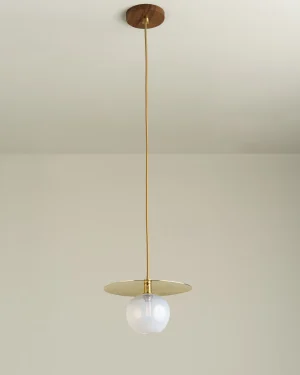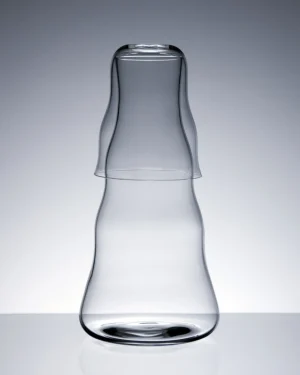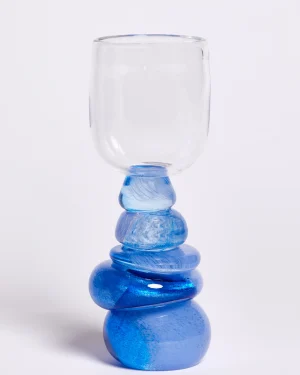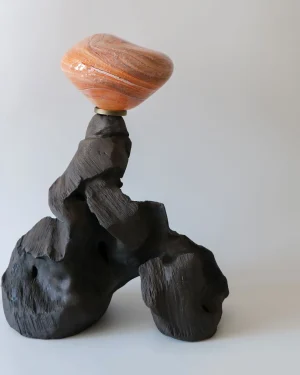Welcome at Adorno, where the artistry of Blown Glass takes center stage. Dive into its rich history, distinctive characteristics, and the myriad benefits that make it a cherished medium for artists and designers.
Origins of Blown Glass Design
- First introduced around 1st century BCE in the Roman Empire
- Main influences include the invention of glassblowing techniques
- Originated in the Middle East and rapidly spread across Europe
- Emergence linked to the creation of delicate glass vessels and artworks
Components of Blown Glass
- Primarily composed of silica sand, soda ash, and limestone
- Artisans shape molten glass by blowing air into a gather of glass on a blowpipe
- Blown glass can take on various forms, from intricate sculptures to functional pieces
Techniques in Blown Glass Design
- Glassblowing - Artisans manipulate molten glass with precision and skill
- Kiln-Forming - Controlled heating and cooling for intricate shaping
- Air Trapping - Creating captivating patterns by trapping air within glass layers
- Cold Working - Shaping and finishing glass without heat
Current Uses of Blown Glass
- Lighting - Exquisite glass chandeliers and pendant lights for ambient elegance
- Decor - Sculptures and decorative glass pieces for art enthusiasts
- Tableware - Handcrafted glassware that adds sophistication to dining
- Furniture - Glass-top tables and glass accents for contemporary interiors
The Essence of Blown Glass
Blown Glass, with its origins in ancient Rome, continues to inspire artists with its delicate beauty and versatility. From stunning lighting fixtures to intricate sculptures, this Gallery celebrates the timeless craft of Blown Glass.
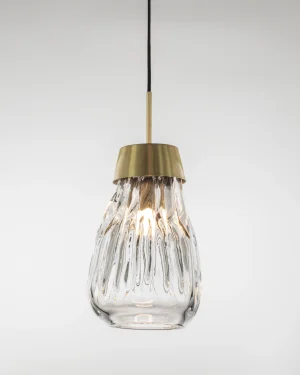
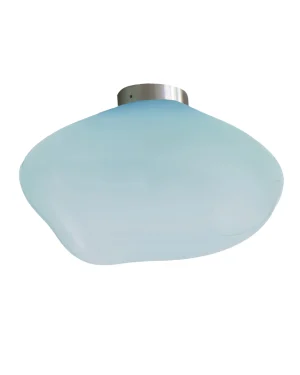

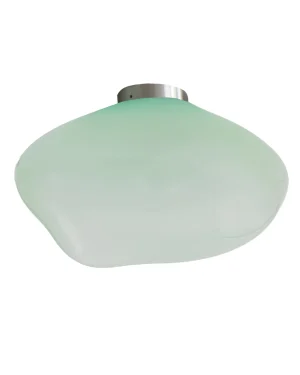
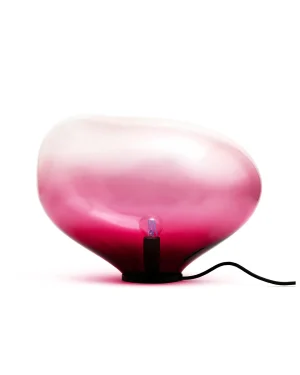
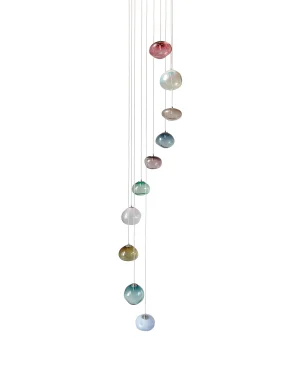


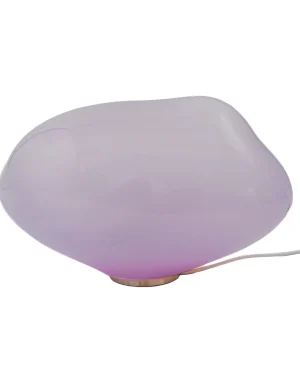

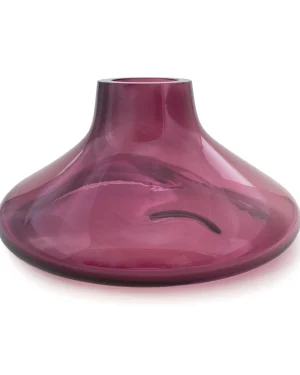
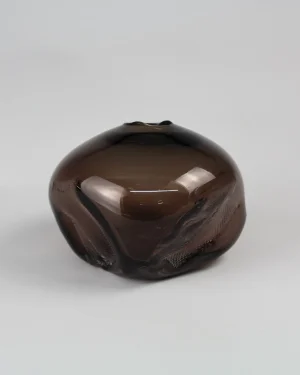 Free shipping
Free shipping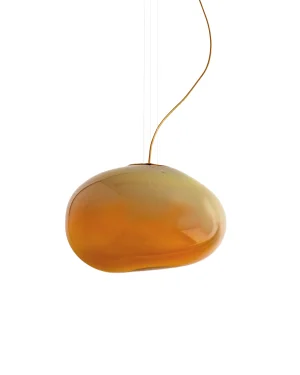
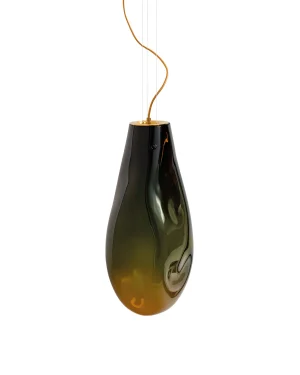

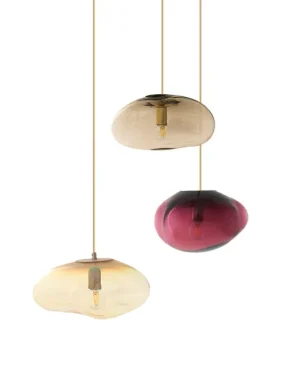
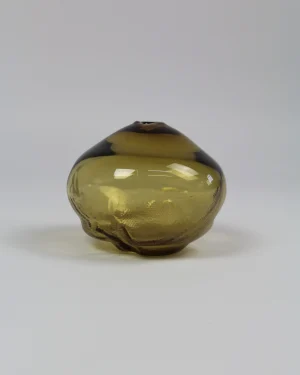 Free shipping
Free shipping Free shipping
Free shipping Free shipping
Free shipping
 Free shipping
Free shipping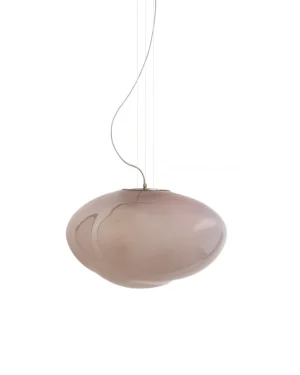
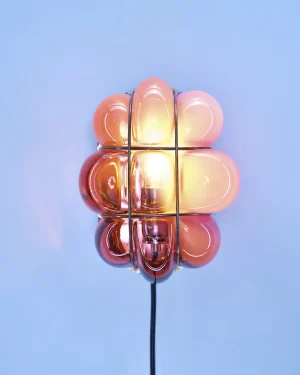 Free shipping
Free shipping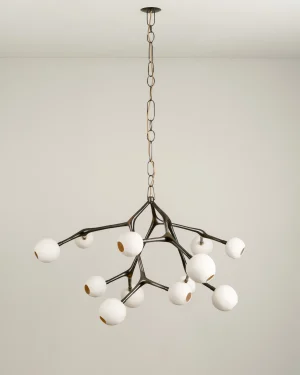 Free shipping
Free shipping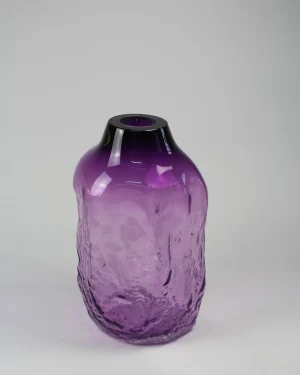 Sold
Sold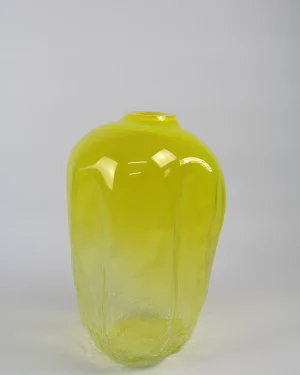 Free shipping
Free shipping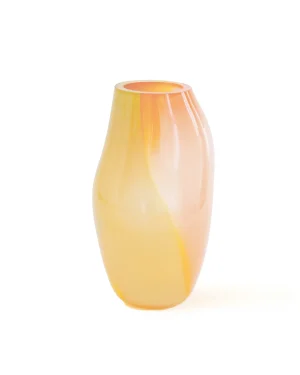
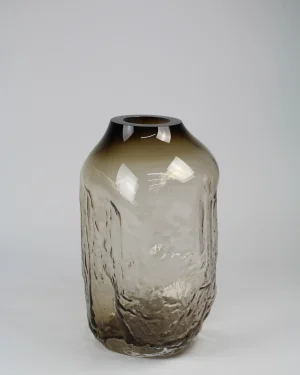 Sold
Sold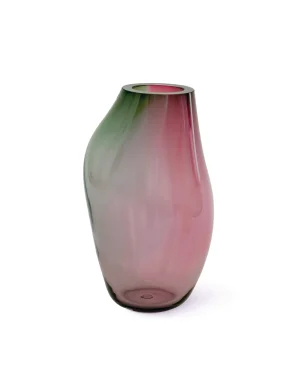
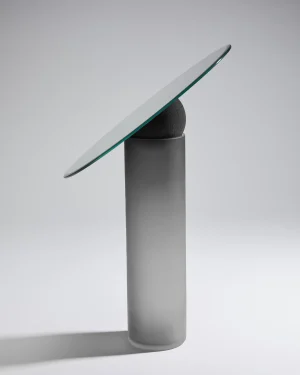 Free shipping
Free shipping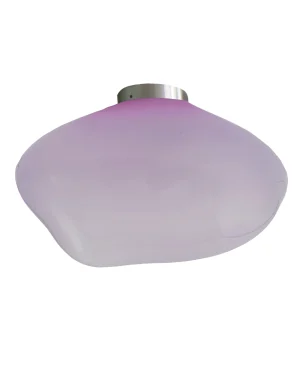
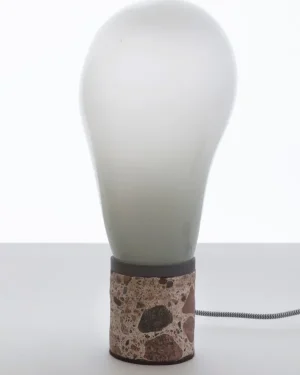 In stock
In stock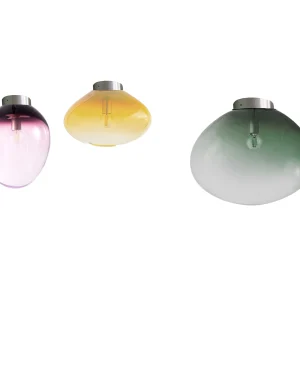
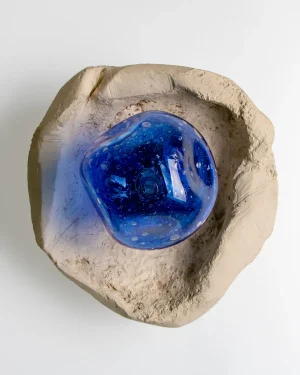 Sold
Sold
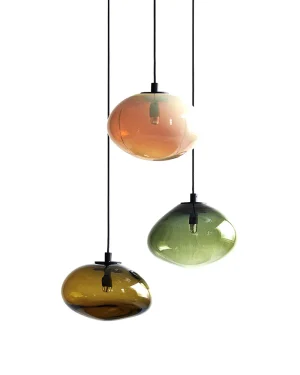
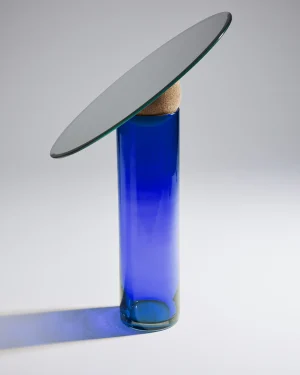 Free shipping
Free shipping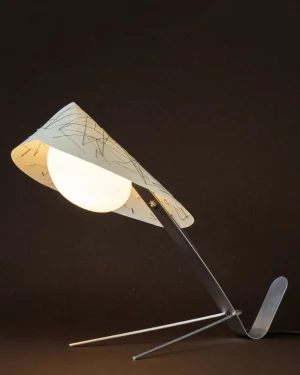 Free shipping
Free shipping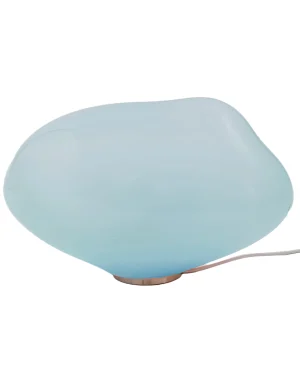
 In stock
In stock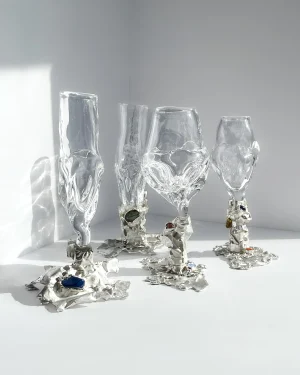 In stock
In stock

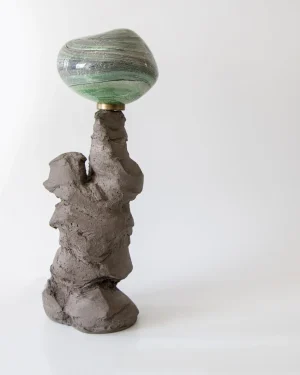 In stock
In stock